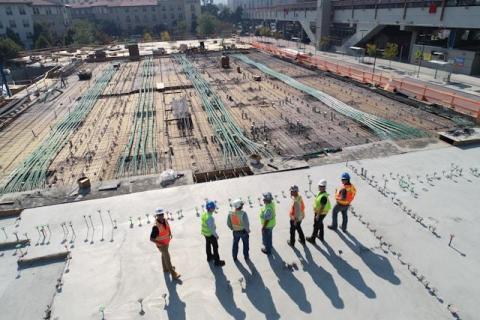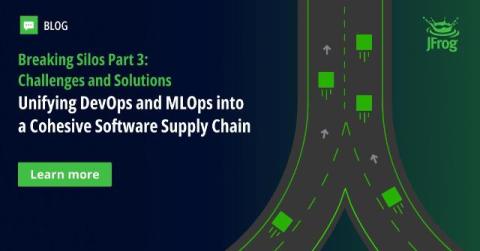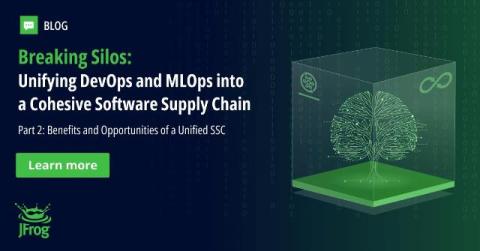Key Roles And Responsibilities Of Engineers In Optimizing SCM Efficiency
In today's rapidly evolving industrial landscape, engineers are pivotal in enhancing Supply Chain Management (SCM) efficiency. Their expertise in integrating advanced technologies, optimizing processes, and implementing data-driven strategies is key for modern supply chains. The U.S. Bureau of Labor Statistics projects approximately 25,200 annual openings for industrial engineers over the next decade, driven by the need to optimize production processes and manage supply chains.











